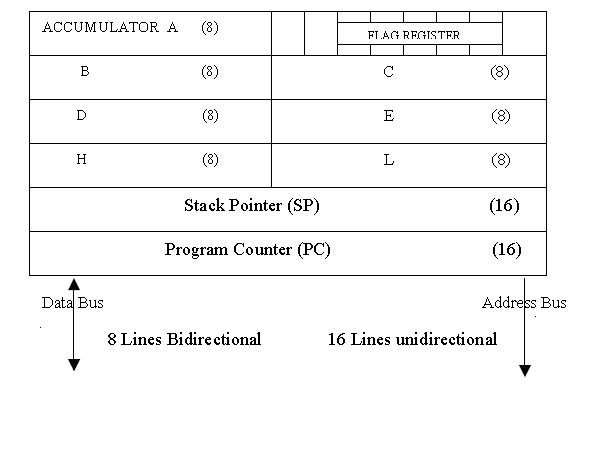Motorola 68000 Instruction Set
Motorola 68000 Instruction Set: There are actually 56 basic instructions provided in the Motorola 68000 Instruction Set. With 14 addressing modes, 56 instructions, and 5 data types, the 68000 includes more than 1000 opcodes. The basic format of all the instructions is same. The opcode for every instruction is one word. Additional extension words are […]
Motorola 68000 Instruction Set Read More »

